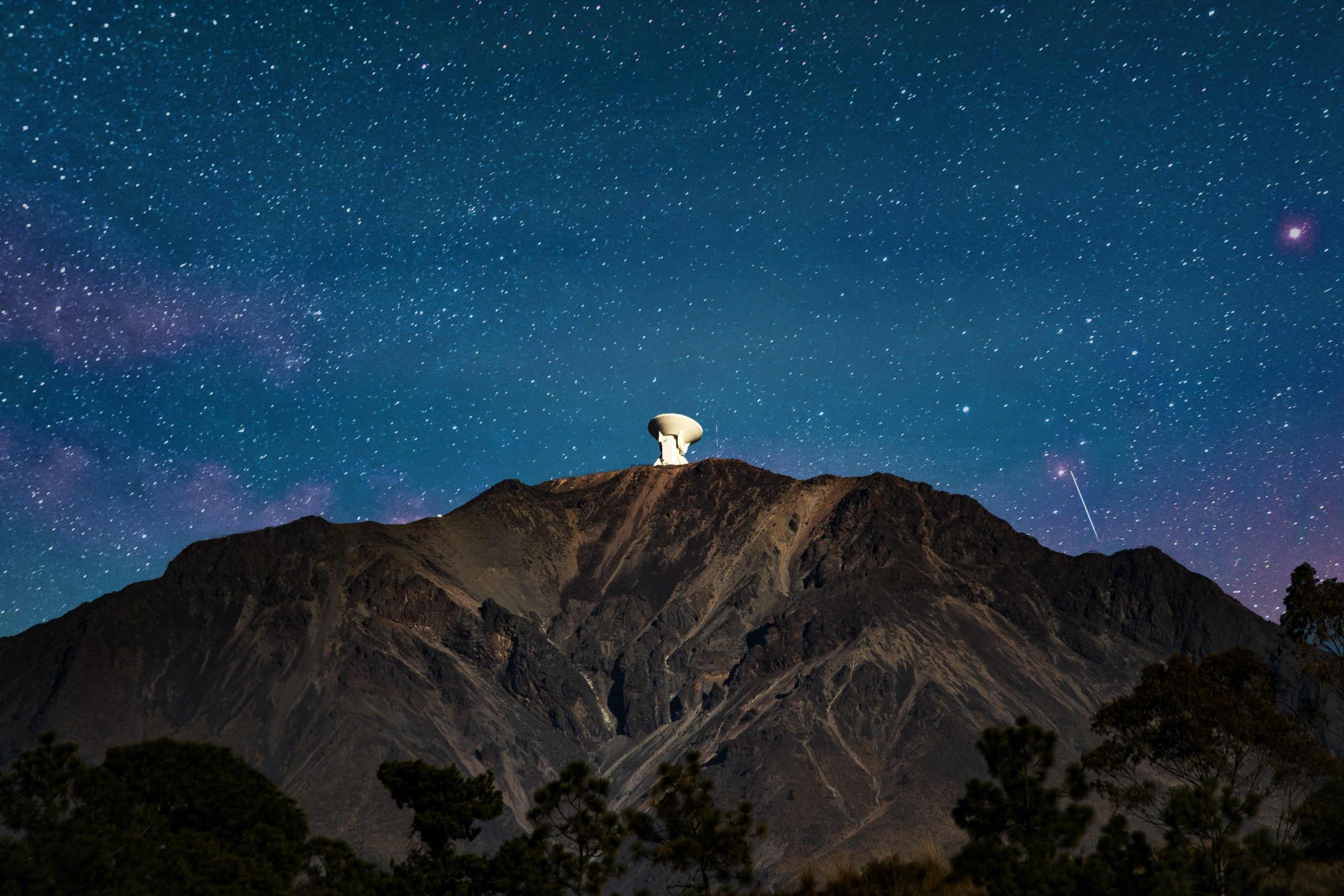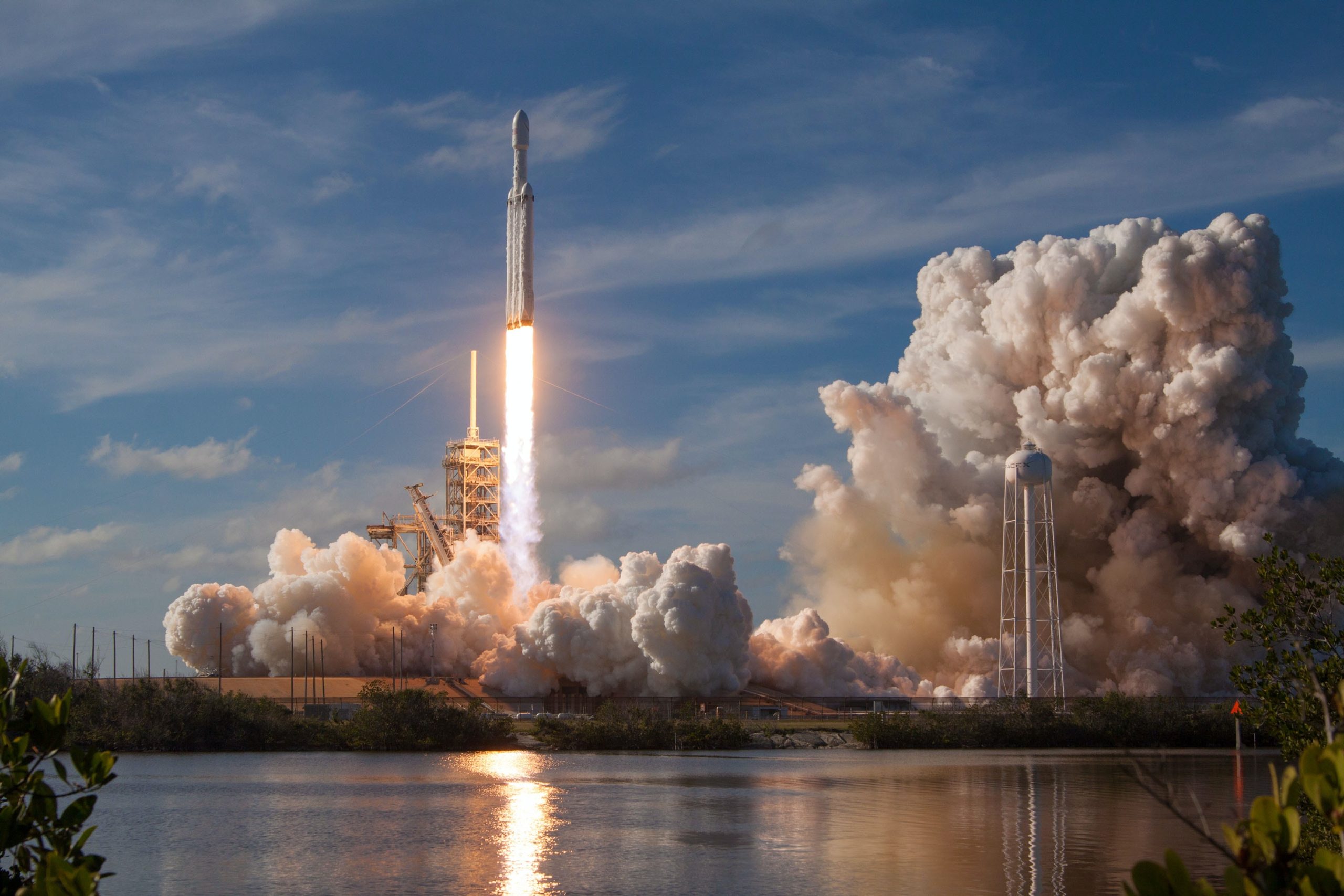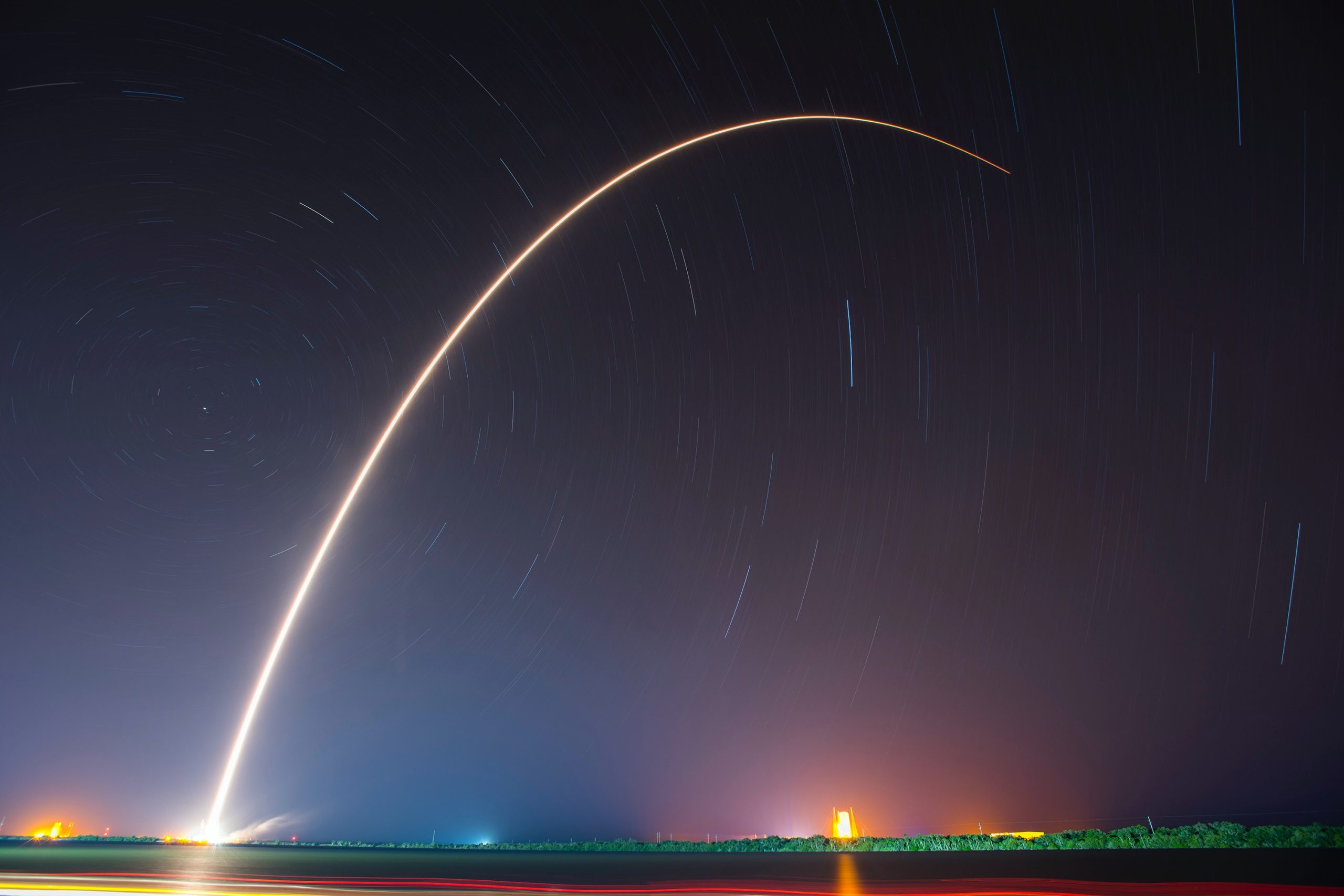High-flying entrepreneurs: space travel to the ‘new space’ sector
The ‘new space’ or ‘spacetech’ sector is a cosmos of startups that innovate in the rapidly expanding aerospace industry. Identified by BBVA Spark as one of the technology trends of 2023, it has advanced to reach new limits that make mankind dream of travelling to the Moon or Mars, imagining a deeply connected world or obtaining minerals from deep space.
Throughout its history, mankind has looked to the stars for answers. In 1609, Galileo Galilei presented his own telescope, with which he was able to observe that Jupiter was surrounded by moons and formed a solar-like system. The discovery allowed him to question whether the Earth was located at the centre of the universe. Four centuries later, looking at the sky continues to be a source of inspiration for innovation and aerospace entrepreneurship has taken on a new dimension under the concept of ‘new space’ or ‘spacetech’.
In this new space race, there are several initiatives around the globe working to explore the possibilities of the next frontier. In 2021, the Latin American and Caribbean Space Agency (ALCE) was created, a regional cooperation model with tasks such as “the exploration and exploitation of the Moon, as well as other celestial bodies.” In the Old Continent, the European Space Agency (ESA) is also working to develop, among other purposes, “the commercial dimension of space activities for a green and digital Europe,” as set out in its Agenda 2025.

“The space sector is experiencing a change of era through ‘new space,’ which is nothing more than the transformation of space into a commercial environment. Until recently, only a few institutions such as NASA had access, but now, thanks to lower production costs, the possibility has opened up for many more companies to start creating business models in space,” says Sara Correyero, co-founder of Ienai Space. This Spanish company is an example of this: it creates electric propulsion modules for small satellites.
Mission: to lower the expectations of the ‘new space’ industry
Ienai Space is part of a new constellation of ‘new space’ companies such as PLD Space or Fossa Systems. A deep space where companies are divided into two segments according to the applications developed.

- ‘Upstream Spacetech’. Focused on hardware, it develops and creates useful components for the space industry such as satellites or rockets.
- ‘Downstream Spacetech’. It brings together those applications resulting from space development that have a use on Earth. This category would include, for example, companies that use satellite data to develop a service.
Nowadays, to speak of ‘new space’ is to imagine a science fiction future, especially when referring to fields such as mining or space tourism. However, the reality is that there are already advances that take shape in practical cases focused on improving the lives of people and companies.
“We understand the space sector as an infrastructure industry that, for example, allows humans to have coverage to watch Netflix on their mobile anywhere,” explains Raúl Verdú, Chief Business Development Officer (CBDO) of PLD Space. The company is in the process of carrying out the experimental flight of the MIURA 1 technology demonstrator during the month of May and has already started the development of MIURA 5, the launcher model with which PLD Space expects to start its commercial activity during 2025.
Fossa Systems is also part of this entrepreneurial and innovative atmosphere. This Spanish company, which currently has the largest number of satellites in orbit, specialises in providing IoT (Internet of Things) technology, and works to improve connectivity in agrotech and logistics industries. Its co-founder, Julián Fernández, agrees with Verdú that the space industry is present in technologies and infrastructures that we have been using for decades, such as GPS or meteorology systems.

There are also other noteworthy applications in the aerospace industry, such as those opening up in the ‘insurtech’ sector. Startups like Descartes offer, through an approach based on data collected by satellite technology, new services to help companies and governments protect themselves against natural catastrophes and other emerging risks. Aerospace technology is also at the service of the agrotech industry: the startup Kilimo, for example, allows farmers to receive irrigation recommendations based on weather and satellite data. “Space has a great advantage: it offers a privileged viewpoint over the planet,” summarises Julián Fernández of Fossa Systems.
A sector that is growing at the speed of light, overcoming challenges
The boom in the spacetech sector can be seen in the stratospheric investment figures. In the first quarter of 2023, deals reached €12 billion, according to the ‘Generation Space Index’ report, prepared by Seraphim Space. In the last quarter of 2022, the figure was considerably lower (just under €9 billion). For its part, in Europe the value of the ‘spacetech’ industry has grown to €25 billion between 2010 and 2022.
But thriving in this industry is no mean feat. Raúl Verdú, of PLD Space, argues that one of the key things to making progress in this market is the creation of a stable business model, rather than focusing solely on technological advancement. “It is essential to know what the costs of the business are and what the risks are. Normally, these ventures are born out of a technological concern, but that has to be translated into offering a useful service,” says Verdú. In his opinion, therefore, gathering support and fostering connections with institutions are fundamental.
Julián Fernández, co-founder of Fossa Systems, sees the combination of two factors as necessary for this type of project to move forward: “Having a technical profile that understands the technology you are working with and having access to capital to develop the project.” Sara Correyero, of Ienai Space, also considers it essential to promote the attraction of new capital. “Despite developing a winning technology, we compete with companies that have much more funding than [us],” she says. “You have to jump on the [investment] bandwagon because it’s a sector with so many opportunities that it’s unpredictable how far it’s going to go.”
Despite these barriers, Correyero is one of the examples of the possibilities that exist to support this sector. With a team of 15 people, they developed their nanosatellite propulsion system in two months to manoeuvre them into orbit. “It was an exciting time, but also a very stressful time: every morning there was a different challenge.” The team managed to overcome the difficulties and, in October 2022, their system reached space aboard Firefly’s Alpha micro-launcher.

To infinity and beyond
The potential of the ‘spacetech’ sector takes a chance on boosting new markets such as space tourism, a market that is expected to grow to $11 billion by 2023.
The possibilities are endless. “A few years ago, when the Internet appeared, we wondered what we were going to be able to do,” reflects Raúl Verdú, of PLD Space. “Today we are at a similar point in ‘spacetech’, but, beyond thinking about traveling to Mars, its evolution will allow us to move towards a connected future at speeds we cannot imagine and even in inaccessible places, such as under the sea.” Until we travel to the red planet or surf the Internet at unsuspected speeds, the new space industry will continue to explore space thanks to entrepreneurs.



